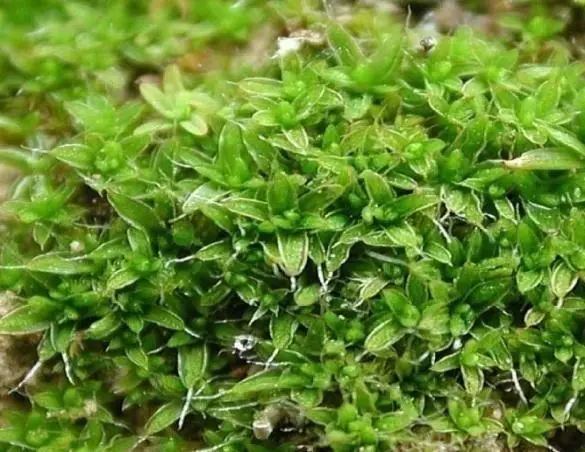
Crossidium-crassinerve-De-Not-Jur-Photo-by-Michael-Lueth.jpg from: https://www.researchgate.net/figure/Crossidium-crassinerve-De-Not-Jur-Photo-by-Michael-Lueth_fig9_335836108
Introduction
In the vast and captivating world of bryophytes, one tiny moss stands out as a true marvel – the Crossidium crassinerve (De Not.) Jur., commonly known as Crossidium. This unassuming member of the Pottiaceae family has captured the hearts of moss enthusiasts worldwide with its resilience and unique adaptations.
Background
Before we delve into the intricacies of
Scanning-electron-micrographs-of-adaxial-surfaces-of-leaves-with-assimilatory-filaments.ppm from: https://www.researchgate.net/figure/Scanning-electron-micrographs-of-adaxial-surfaces-of-leaves-with-assimilatory-filaments_fig2_257830048
Crossidium, let’s set the stage. Bryophytes, a group that includes mosses, liverworts, and hornworts, are often overlooked but play a crucial role in our ecosystems. These diminutive plants lack true roots, stems, and leaves, yet they possess an incredible ability to thrive in some of the harshest environments on Earth.
Main Content
Morphology and Identification
Crossidium crassinerve is a small, acrocarpous moss that forms dense, cushion-like tufts. Its leaves are lanceolate (lance-shaped) and crisped when dry, giving the plant a distinctive appearance. One of its most remarkable features is the thick, reddish-brown nerve that runs along the length of each leaf, lending the moss its scientific name,
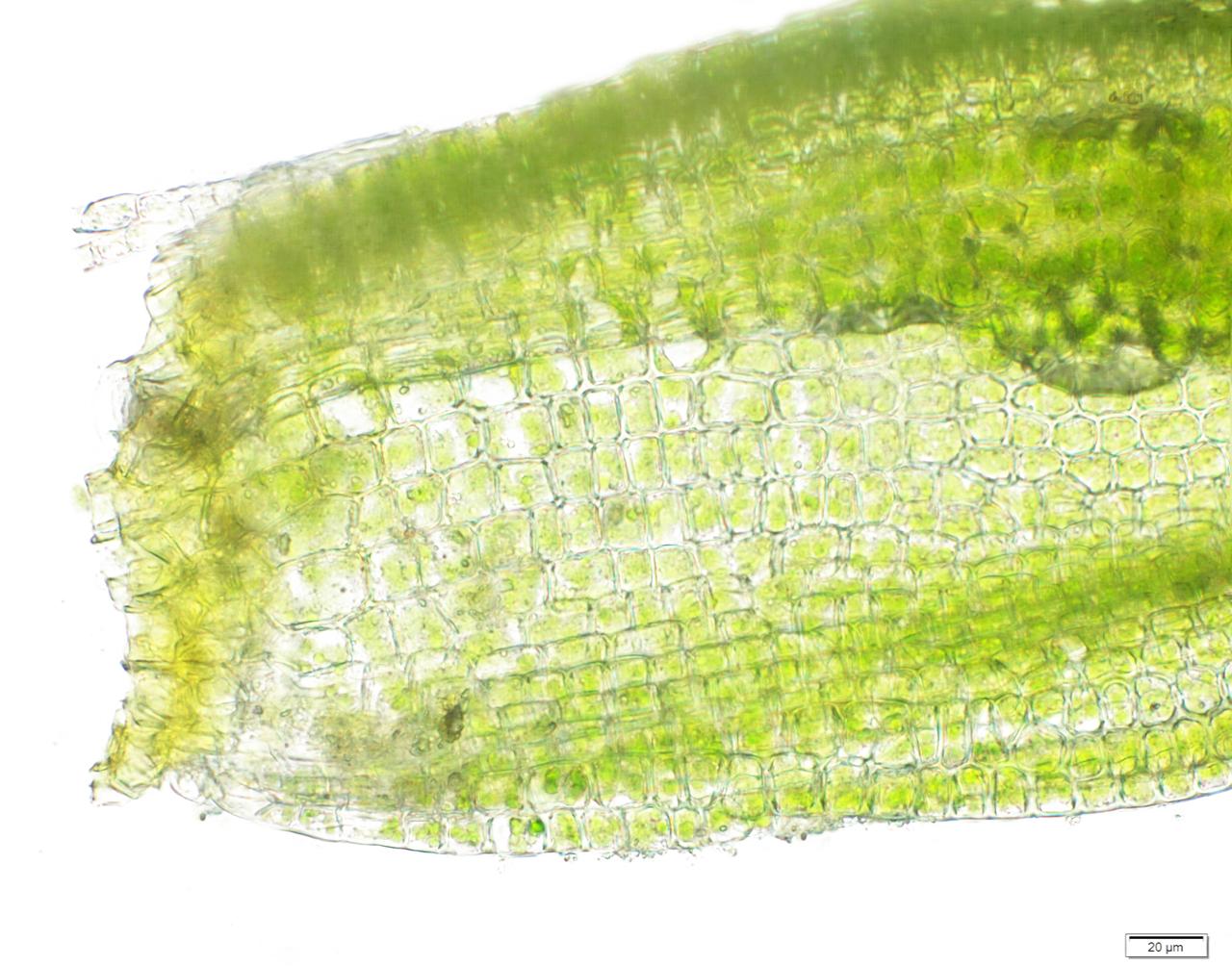
c_crassinervium3.jpg from: https://wnmu.edu/academic/nspages/gilaflora/crossidium_crassinervium.html
crassinerve (meaning “thick-nerved”).
Global Distribution and Habitat
This resilient moss has a cosmopolitan distribution, meaning it can be found on almost every continent. From the arid deserts of North America to the rocky outcrops of Europe and Asia,
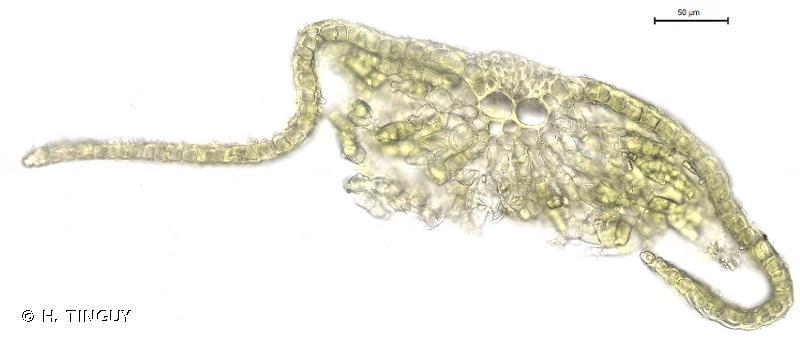
382657.jpg from: https://inpn.mnhn.fr/espece/cd_nom/3913
Crossidium crassinerve has adapted to thrive in a wide range of habitats. It is particularly fond of calcareous (limestone-rich) substrates, where it can often be found growing on rocks, walls, and even concrete.
Ecological Roles and Adaptations
Despite its diminutive size, Crossidium plays a vital role in its ecosystems. It acts as a pioneer species, colonizing bare and disturbed areas, and helps to stabilize the soil, paving the way for other plants to establish themselves. Additionally, its dense cushions provide a microhabitat for various invertebrates, contributing to the overall biodiversity of the area.
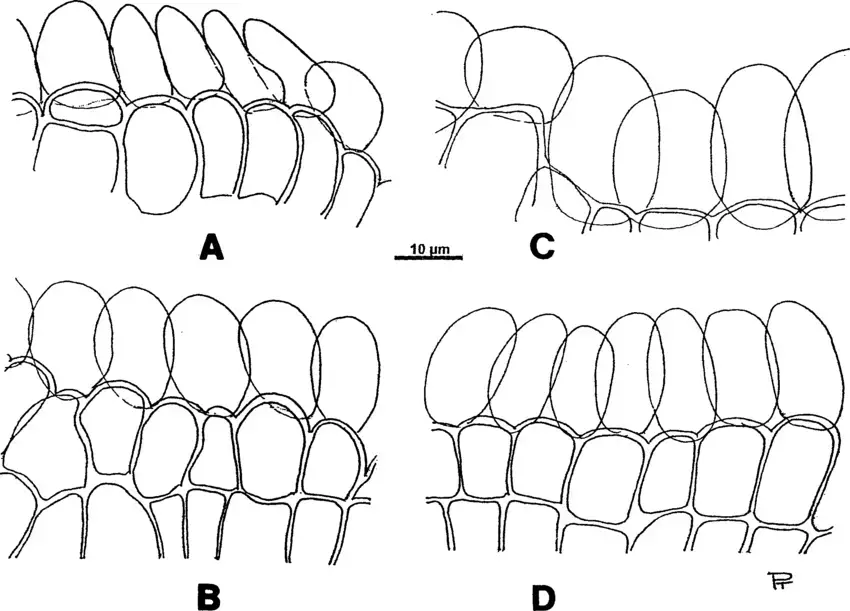
The-upper-margin-of-the-capsule-mouth-with-the-annulus-cells-in-Crossidium.png from: https://www.researchgate.net/figure/The-upper-margin-of-the-capsule-mouth-with-the-annulus-cells-in-Crossidium_fig9_257830048
One of the most remarkable adaptations of Crossidium crassinerve is its ability to withstand extreme desiccation. When conditions become dry, the moss can enter a state of dormancy
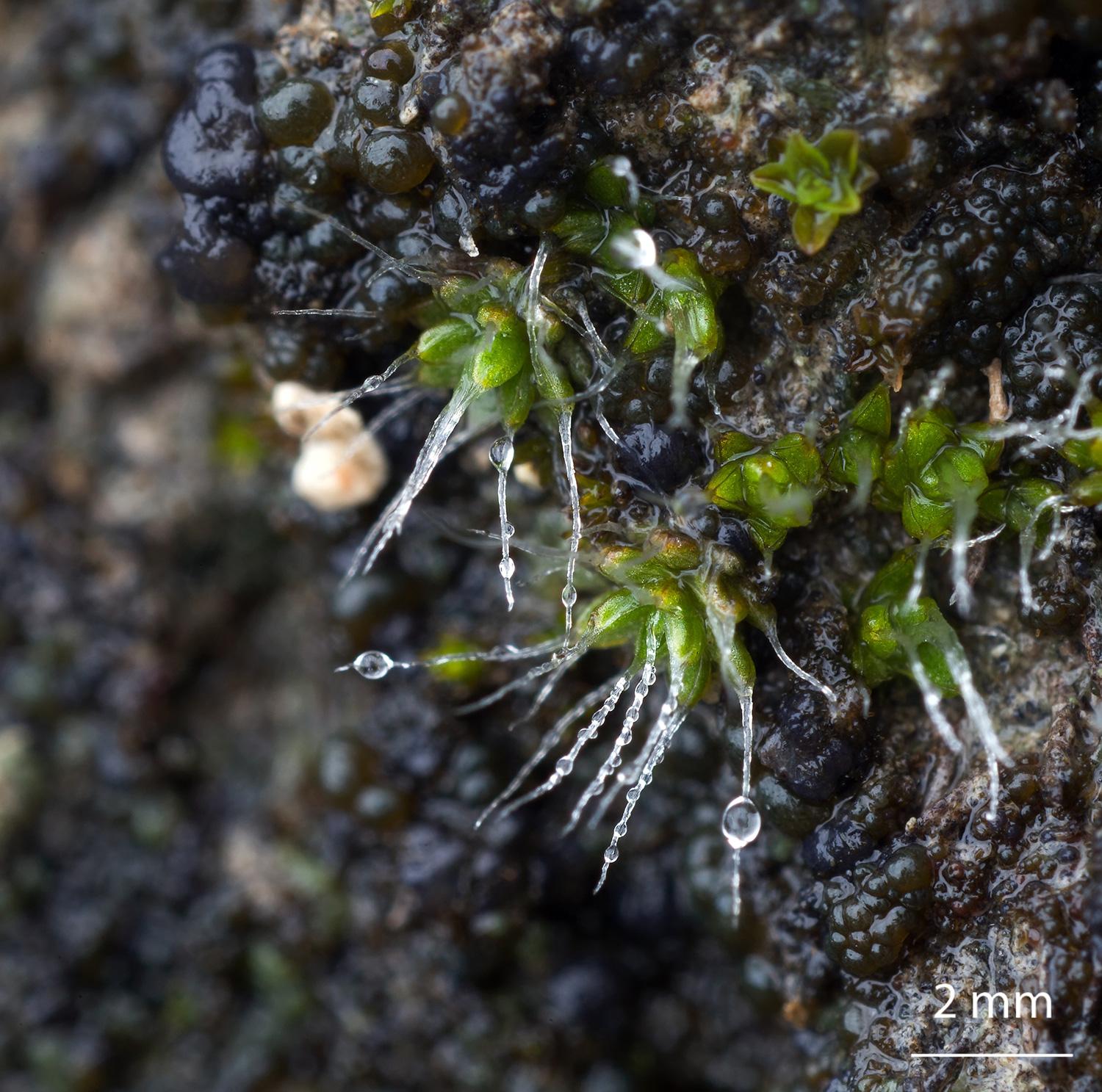
Crossidium-squamiferum-moss.jpg from: https://elmusgo.blogspot.com/2013/03/crossidium-squamiferum_21.html
, curling up its leaves and effectively shutting down its metabolic processes. This remarkable ability allows it to survive in some of the harshest environments on Earth, only to spring back to life when moisture returns.
Case Studies/Examples
In the arid regions of the southwestern United States, Crossidium crassinerve is a familiar sight, forming dense mats on exposed rocks and soil. Its resilience and ability to withstand extreme drought have made it a subject of study for researchers investigating the mechanisms of desiccation tolerance in plants.
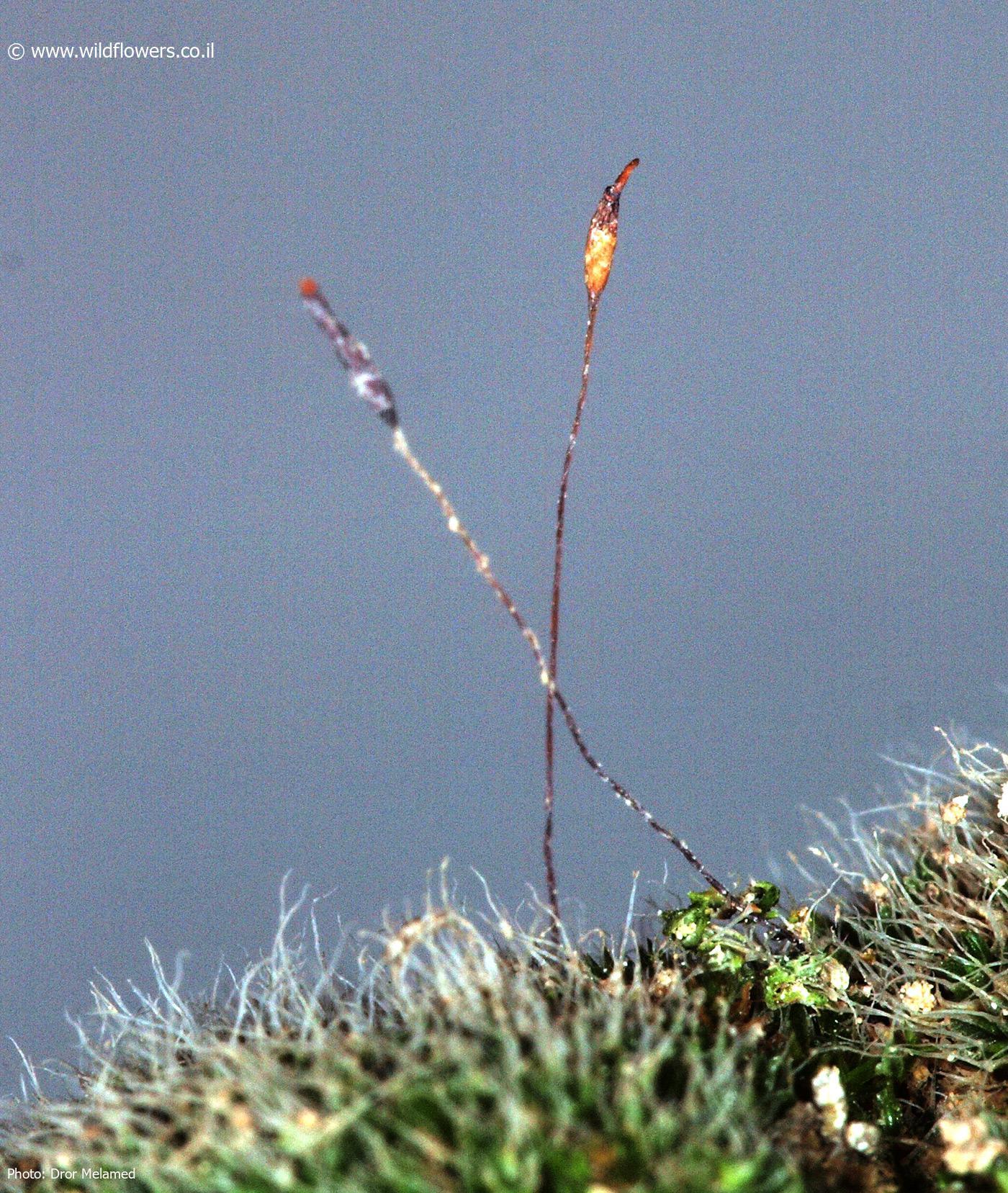
3368-l-1.jpg from: https://www.wildflowers.co.il/hebrew/picture.asp?ID=21391
Technical Table
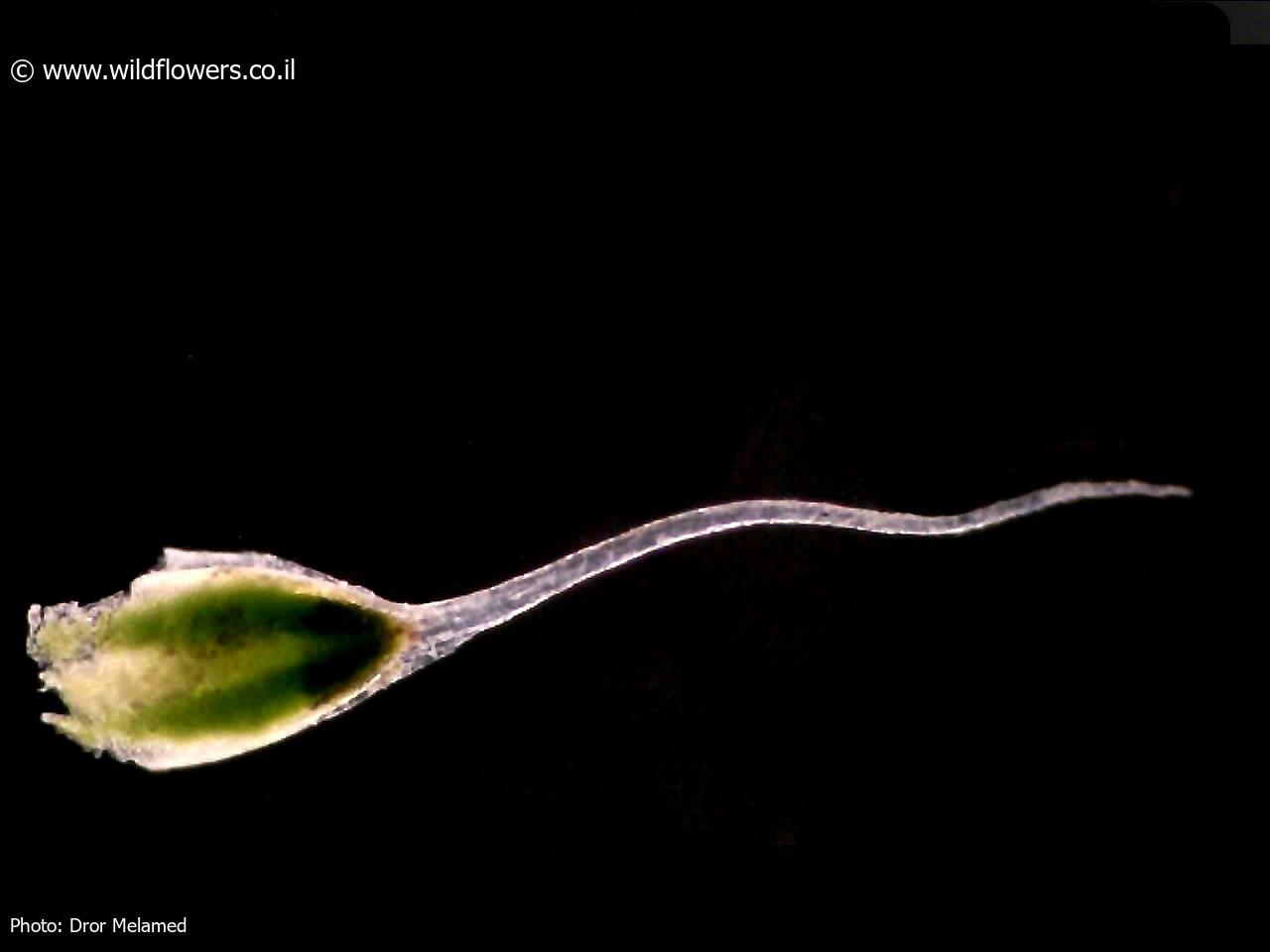
3368-l-3.jpg from: https://www.wildflowers.co.il/hebrew/picture.asp?ID=21393

3368-l.jpg from: https://www.wildflowers.co.il/hebrew/picture.asp?ID=21390
| Characteristic | Description |
|---|---|
| Phylum | Bryophyta |
| Class | Bryopsida |
| Order | Pottiaceae |
| Genus | Crossidium |
| Species | crassinerve |
| Growth Form | Acrocarpous, cushion-like tufts |
| Leaf Shape | Lanceolate, crisped when dry |
| Nerve | Thick, reddish-brown |
| Habitat | Calcareous substrates, rocks, walls, concrete |
| Distribution | Cosmopolitan |
Conclusion
The Crossidium crassinerve (De Not.) Jur., or simply
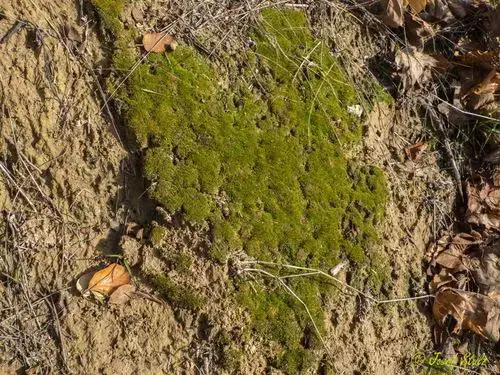
medium.jpg from: https://www.inaturalist.org/taxa/273699-Crossidium-crassinervium
Crossidium, is a true testament to the resilience and adaptability of bryophytes. This unassuming moss has captured the hearts of enthusiasts worldwide with its unique morphology, global distribution, and remarkable ability to withstand extreme conditions. As we continue to explore and appreciate the wonders of the natural world, let us not forget the humble Crossidium, a tiny but mighty survivor that reminds us of the incredible diversity and resilience of life on our planet.
Ponder this: In a world where change is constant, what lessons can we learn from the adaptability and perseverance of the Crossidium crassinerve?